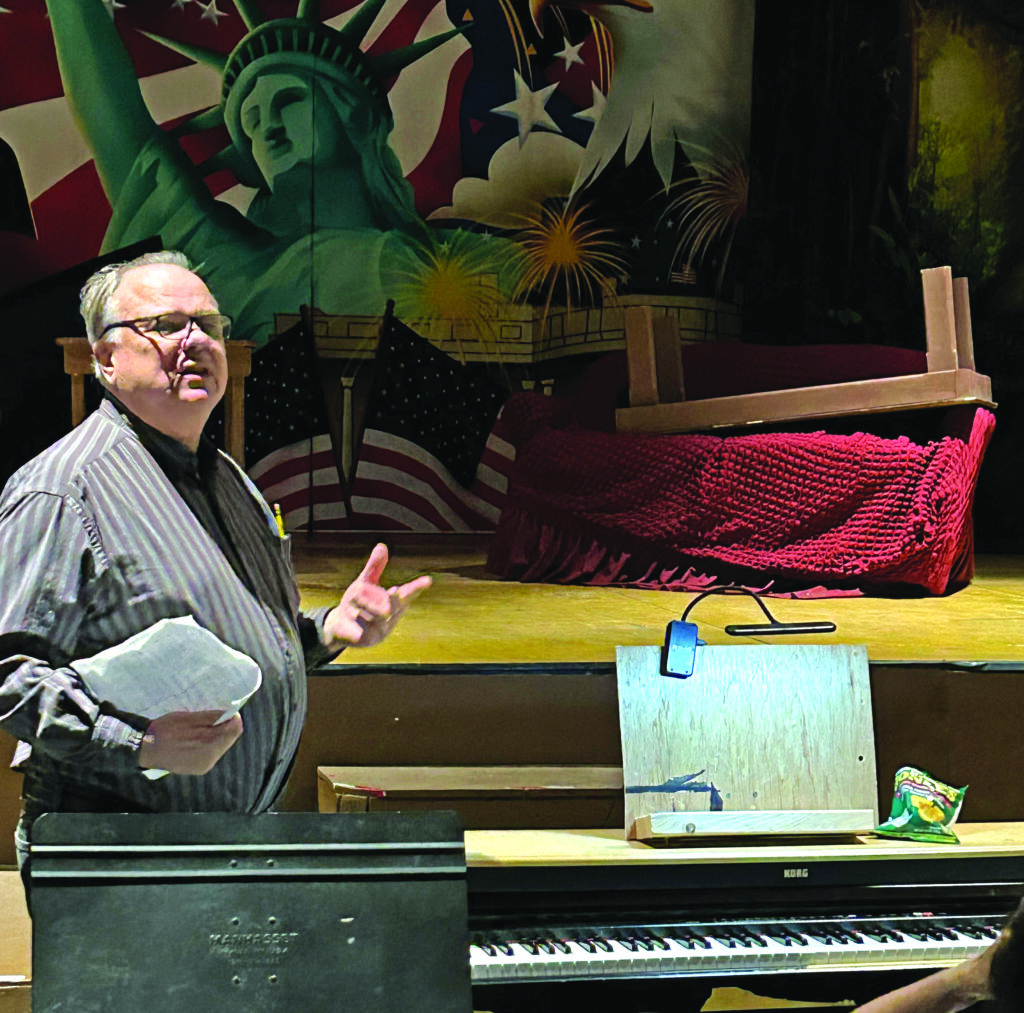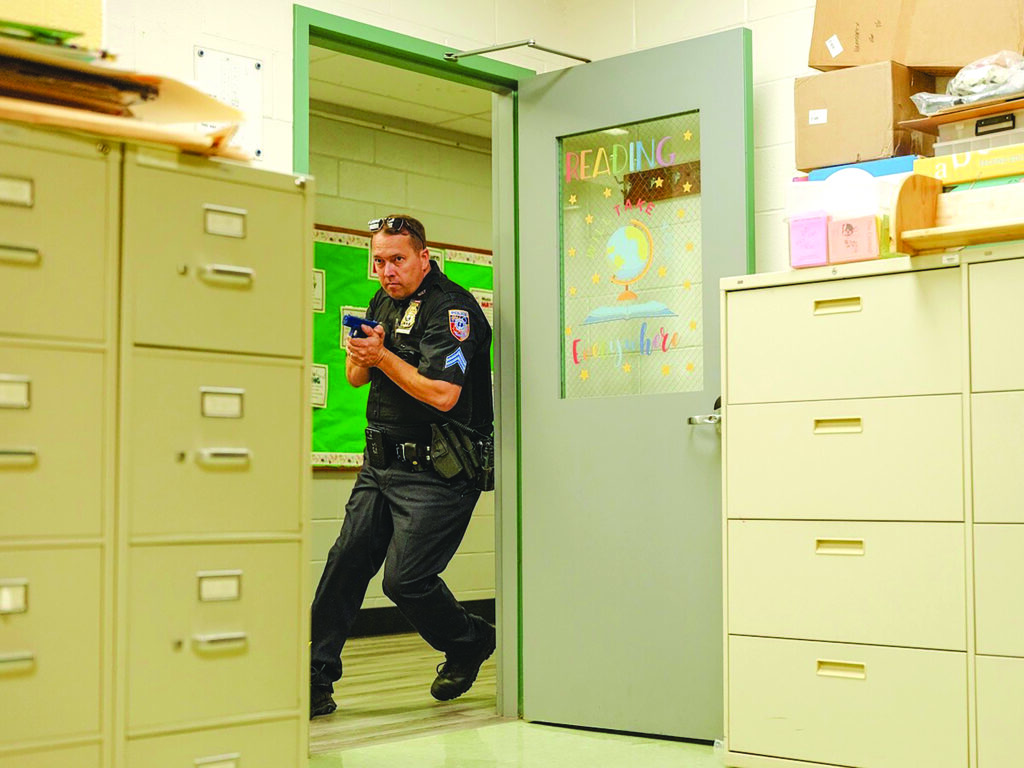Shelter Island Water Advisory Committee weighs drought revisions: Urges cutback in lawn watering

The Water Advisory Committee is suggesting the Town Board implement voluntary conservation efforts, advising the public not to water lawns between the hours of 9 a.m. and 6 p.m.
The exception would be to allow watering of new lawns and plants that have to be kept wet until they take hold.
The action came after a long discussion about adjusting the scale of advisories to ensure residents are advised of drought conditions.
Other concerns were if any recommendations made about restrictions will take into account the possibility some landscapers could be put out of business if restrictions were to be too severe.
WAC members agreed they must listen to those in the landscaping business and noted that two of the landscapers who spoke up at the Monday meeting — Walter Richards and Jay Card Jr. — are members of the subcommittee on irrigation and would have a say about any changes made.
Committee Chairman Andrew Chapman also stressed the importance of giving the public an opportunity to weigh in on discussions at WAC meetings before any recommendations are made to the Town Board.
Current categorizations of drought conditions vary from national advice, which states that the local area is experiencing “abnormally dry” conditions, to the New York State Department of Environmental Conservation, which maintains that Island conditions are “normal.”
Although there was some rain in July, August has been dry, prompting WAC committee members to see the national determination of the local situation as meriting more attention.
Typically, late fall and winter months see increased wet weather, which replenishes the aquifer. But this year, snow and rainfall amounts were less than usual.
Early spring and summer months see a sharp increase of the population, with seasonal property owners and visitors arriving, increasing the demand for water.
When those warm months kicked in this year, the Island had experienced less restoration of water quantity than usual, and an increased demand for water.
As fall approaches, that reality weighed heavily on the minds of the WAC committee, prompting the call for voluntary compliance with watering restrictions.
At the same time, members acknowledged circumstances do exist in different neighborhoods.
Committee members aren’t looking to be overly restrictive, they said, but want to bring several factors to their thinking about drought conditions that would go from normal to abnormally dry, moderate, severe, extreme and, worst case, exceptional. A number of factors enter into the decision, Mr. Chapman said, including monthly readings at test wells, how they compare with historical readings for the month in question, and observation of recent and current weather conditions.
Town Engineer Joe Finora told the members they should consider sending a cover letter to the Town Board explaining their reasoning on how they categorized each period and suggestions for enforcement of any restrictions along with penalties.
Since the WAC is an advisory group, it would be up to the Town Board to take any action its members concluded was appropriate.
Another concern for the members was how to get more water testing done for contaminants beyond nitrates in the Center triangle.
Mr. Chapman said he has requested money to be provided in the committee’s 2026 budget to cover 250 tests of the potability of well water at $100 each. He also said he had discussed the issue with Jason Hime, head of the Bureau of Drinking Water at the Suffolk County Department of Health, on the chance the department might agree to bear the cost. But he concluded the chances of that happening were slim to none.
Whether the request will make it through the Town Board’s consideration when budgeting gets underway remains to be seen.









